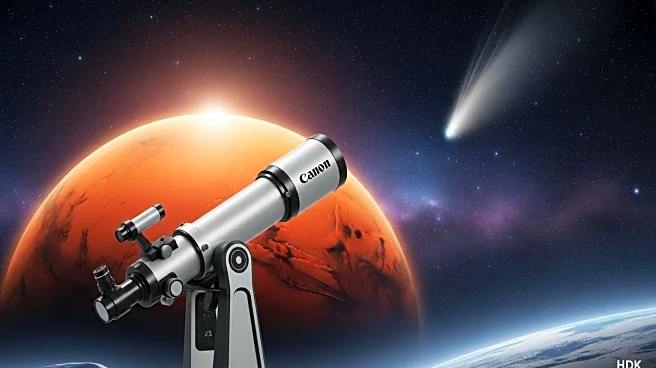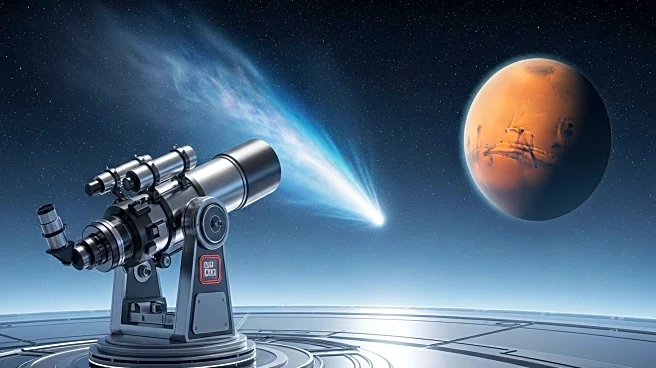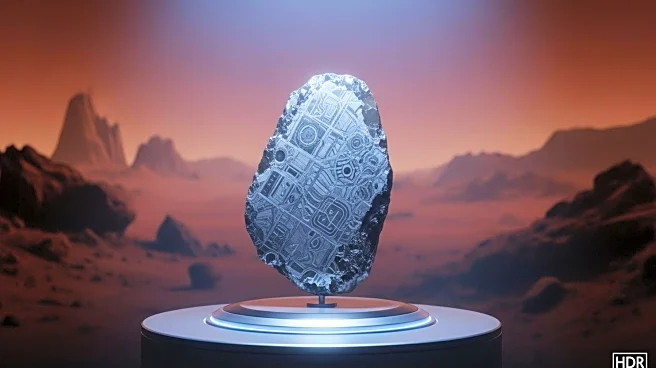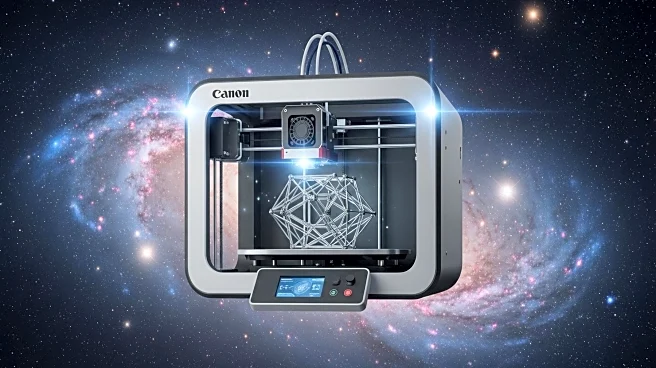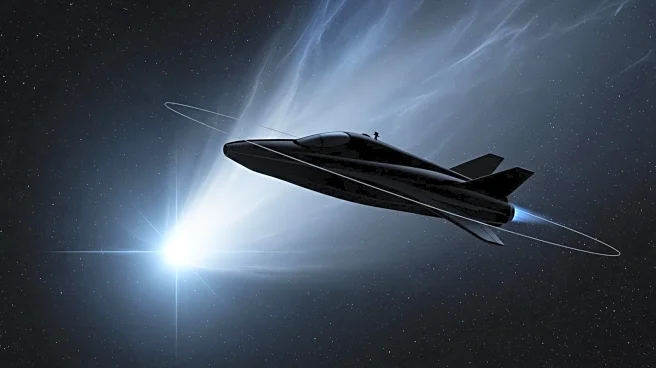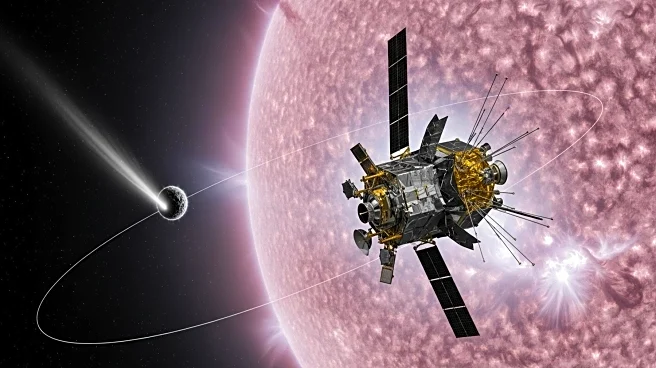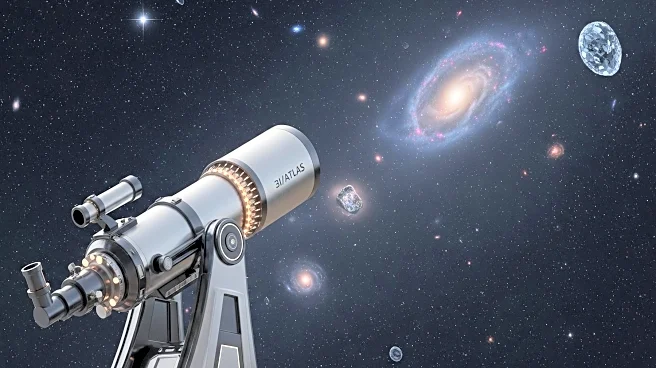What's Happening?
The European Space Agency (ESA) is gearing up to observe the interstellar comet 3I/ATLAS as it approaches Mars. Discovered on July 1, 2025, the comet will pass within 18.6 million miles of Mars, offering a unique opportunity for observation. ESA plans to use its Mars Express and ExoMars Trace Gas Orbiter spacecraft to capture images and analyze the comet's composition. The comet's close approach to Mars, rather than Earth, provides a better vantage point for study. ESA aims to gather data on the comet's shape, volatile activity, and molecular signatures.
Why It's Important?
Studying interstellar objects like comet 3I/ATLAS can provide valuable insights into the composition and behavior of celestial bodies from outside our solar system. This research could enhance our understanding of the universe and the formation of solar systems. The observations may also contribute to the development of new technologies and methods for space exploration. The involvement of multiple spacecraft in this mission highlights international collaboration in space research, which is crucial for advancing scientific knowledge.
What's Next?
ESA will conduct observations of 3I/ATLAS during its closest approach to Mars on October 3, 2025. The agency will use various instruments to analyze the comet's characteristics, although the distance may limit the detail of the data collected. Other spacecraft, including NASA's Mars orbiters and China's Tianwen-1, may also participate in the observation efforts. The findings from this mission could lead to further studies of interstellar objects and potentially influence future space exploration strategies.
